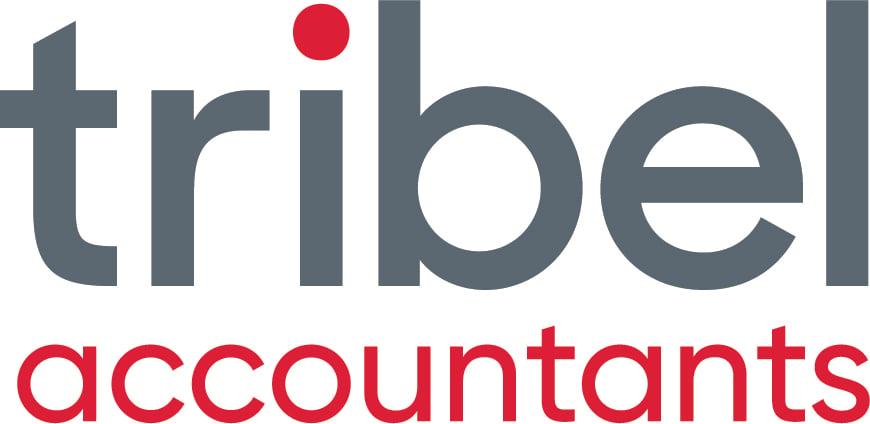INTRODUCTION:
A very simple concept is very rarely explained by small business accountants to their clients but one, when understood can very quickly get business owners to get their cash in order.
What I am talking about today is marginal cash flow.
Marginal cash flow is the amount cash that is left if we sell $1 more of our product or services. It can of course be positive or negative.
Basically we might be showing more sales and contributing more profit to our bottom line with the extra sales but in reality we could be just eating further and further into our cash flow. More profits but less cash. How can this be? Not only that, a business valuer will tell us that businesses that make profits but create negative cash are worth far less than we might think. A business valuation will of course be less if we have to continually find more cash to prop it up as it grows.
How do we then address working capital management to correct these problems?

Figure 1: Even Balmain Baz is very happy when cash is positive!
1. Find Out Whether Your Marginal Cash Flow Is Positive Or Negative
The first thing you should do is speak to your small business accountants and go through your balance sheet and profit and loss statements to determine whether the sales you make create positive or negative cash. This is where an analysis will be done on your debtors, inventory and trade creditors normally.
2. Review your Working Capital Management Process
Fixing the cash problems will be a combination of many things but will usually mean analysing your sales, purchases and inventory systems from start to finish to identify areas that can be improved.
For example, you should be looking at:
- Credit terms for customers and suppliers;
- How you forecast stock requirements;
- Whether you are buying at best possible prices and getting value for money (procurement);
- Delays in delivering goods (from sale);
- Delays in getting invoices out;
- Invoice pricing and discounting policies;
- Controls in providing credit in the first place; and
- How you follow up payment.
Every step of inventory, debtor and supplier processes from the beginning to end should be documented and analysed to work out whether each of the debtor, inventory and supplier days can be improved to get you into positive cash generating territory.
3. Put An Action Plan In Place
Work through each of the processes with your small business advisor and put these improvements into a 3 way budget which will include a cash flow forecast showing what the improvement will be converting sales into net cash in the bank.
If there is still a shortfall consider changing your strategies to fix the problem until cash is positive.

Figure 2: Understanding cash drivers in your business is more important than profit in some instances!
CONCLUSION:
Do not just get your balance sheet and profit and loss statement from your small business accountants each year and discuss the tax return! Analyse whether your business is generating positive cash or just eating it up.
Too often we all look at the bottom line and think everything is going along great when the reality is that we could be just masking a potential financial disaster!


.png?width=100&height=100&name=COVID_Safe_Badge_Digital%20(002).png)




